Thanks to Blood and Wine, The Witcher 3’s biggest distraction, Gwent, has had some new life injected into it. While everyone stands proudly with their Northern Realms, Scoia’tael, Monsters, and Nilfgaardian decks, those who have journeyed to Toussaint have the opportunity to collect an entirely new, and powerful deck. The Skellige deck ups the madness, using features familiar to those who Play Monster decks, but amping up the damage output and combos.
As is the case with all of the Gwent decks in the game, the power of the Skellige cards can only be wielded if played properly. There’s quite a bit of strategy involved, and due to the new card types introduced, there’s a bit of learning to be done.
Luckily, you’ve stumbled across this guide. We’ll help to keep things simple and break down what you need to know about this new deck so you can still reign supreme in the Gwent circuits of the world.
Skellige Faction Perk
The faction perk is a passive ability that helps players through a match of Gwent. These range from leaving a card in play at the start of a new round to ruling all Draws in your favor. The Skellige deck’s perk doesn’t trigger until the start of the third round, which may be an issue for some, but definitely something to look forward to for those who enjoy the long game.
The perk picks two random cards from your graveyard and plays them on the battlefield once the third round starts. Seeing as how the third round is normally the tie breaker (not the case during a Draw in the first round), having two units in play from the jump can be a huge advantage. That’s something that is particularly useful during tournaments, or opponents you know are holding a Hero or two for late in the game.
While it won’t guarantee that you get two powerful cards, any little bit helps.
Skellige Gwent Leader Cards
Just like the other four decks, the Skellige Gwent deck has two different leader cards for you to choose from. Each one has its own unique perk that can be used to form your strategy, and these two new cards have some of the most interesting. The leaders for Skellige are King Bran and Crach an Craite, two notable rulers you may remember from the main story of Wild Hunt. Their perks are as follows:
- King Bran – Units only lose half their strength in bad weather conditions.
- Crach an Craite – Shuffles all cards from each player’s graveyard back into their decks.
Those are two potent abilities. Losing only half of your strength from weather cards is more than enough to take over a board where you’re outnumbered. Simply pop down a Skellige Storm and a Biting Frost and as everyone drops to one health, you’ll be sitting pretty. Crach an Craite’s shuffle ability can also be quite handy. Particularly if you lost some really good units. Being granted the opportunity to draw them again in a later round or through Spies is definitely something worth considering.
New Card Types
While a majority of the Skellige Gwent deck should feel familiar to most players, there are a few new card types that help set this new deck apart from the rest. These new types exist on top of types such as Muster and Bond cards. If you’re new to Gwent, Muster cards summon other related cards when played automatically, even if they’re in the Draw Pile. Bond Cards become more powerful as more of the same card are played. Have a Shield Maiden? Its attack will double when you play a second and triple when you play a third, making for a seriously powerful offensive line.
Now let’s have a look at the new card types:
- Skellige Storm: While Weather Cards aren’t anything new, this particular one is nothing like you’ve ever seen. It actually affects to rows, middle and back. You can drastically reduce an opponent’s forces by shutting down Archers, Casters, and Siege Machines with the play of a single card. All cards in those rows will have their power reduced to just one point. You will also be weakened, but if you’re using King Bran you have the upper hand.
- Cow and Kambi: That isn’t the name of a new type, but rather an example. These two cards have zero power, but a powerful perk. When removed from the battlefield, these cards summon a powerful unit card in their place. It doesn’t matter if it was through battle or the end of the round. If it does happen at the end of a round, that means the Skellige player will start the next round with a powerful unit.
- Berserk Cards: These are weak units that seem like nothing at first, but when activated by another new card type, they become powerful bears who also have Bonds, making them a force to be reckoned with.
- Mardroeme: These cards activate all Berserk Cards in their row, creating powerful Bears that can tear apart you opposition.
As you can see, the Skellige Gwent Deck is all about building power and setting itself up for later. At the same time, it takes weakening the enemy very seriously.
Skellige Strengths and Weaknesses
Although the Skellige deck is strong, it isn’t without its weaknesses (because that would just be unfair). Before you can capitalize on its weaknesses though, you need to understand its strengths. The Skellige Gwent deck is built for the long game. The longer a match goes, the higher the chance it has of winning. That third turn perk has the chance to be a real thorn in the side of opponents, and its ability to stack combos and buffs is unmatched.
Spy Cards and Medic cards aren’t the best bet against these guys either. Thanks to several different methods of drawing from the graveyard, it can both capitalize on your spies, while also ruining any chance you have of planning around your medics. Of course, you’ll be able to judge the risk based on the Skellige user’s leader and pattern of play, but it’s something to keep in mind.
Beating this new deck requires a lot of great pulls from your own deck – powerful heroes, great buffs, a spy if you’re feeling risky. One of the best thing you can do is load your deck with as many Scorch cards as you can possibly get. Since the Skellige deck is built on large hordes of cards, and lowering your own power, that puts Skellige users at a disadvantage against Scorch. They’ll always have the strongest units, making them the only ones with something to lose.
Use the Skellige’s own power against it and you’ll find yourself raking in victories.

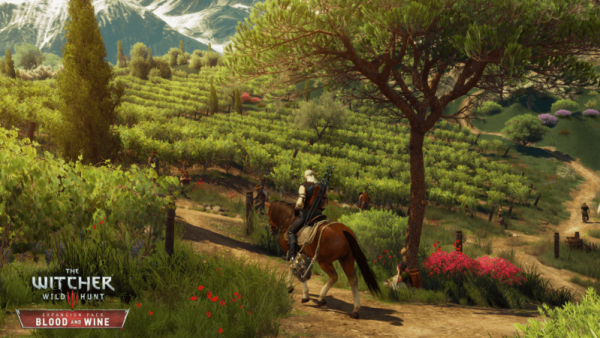
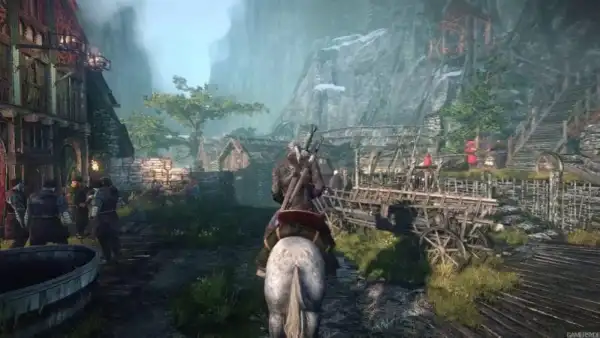
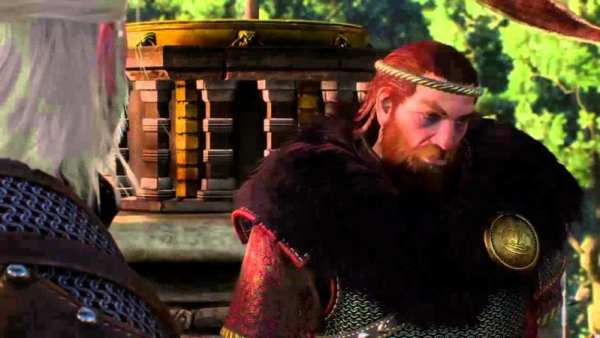
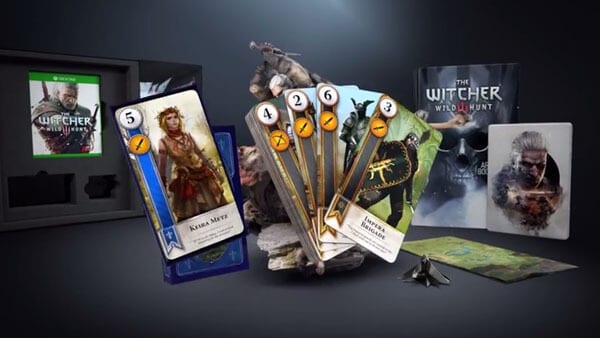
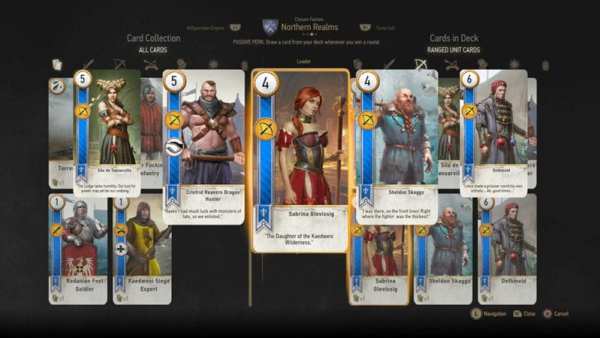
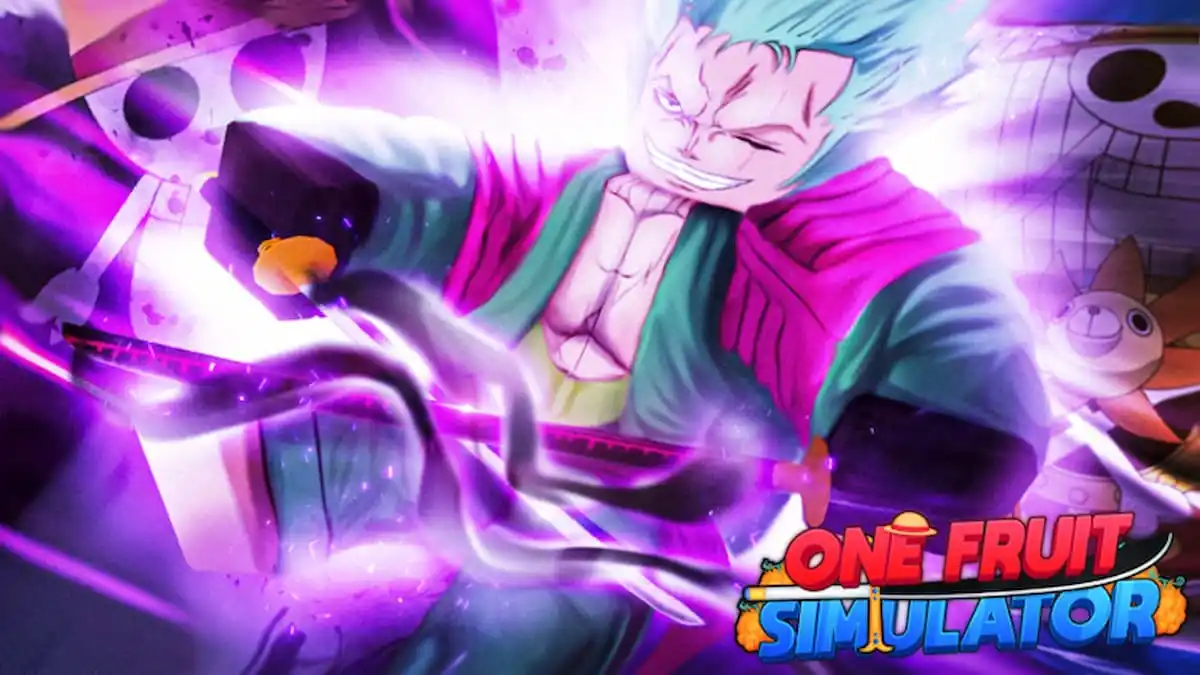

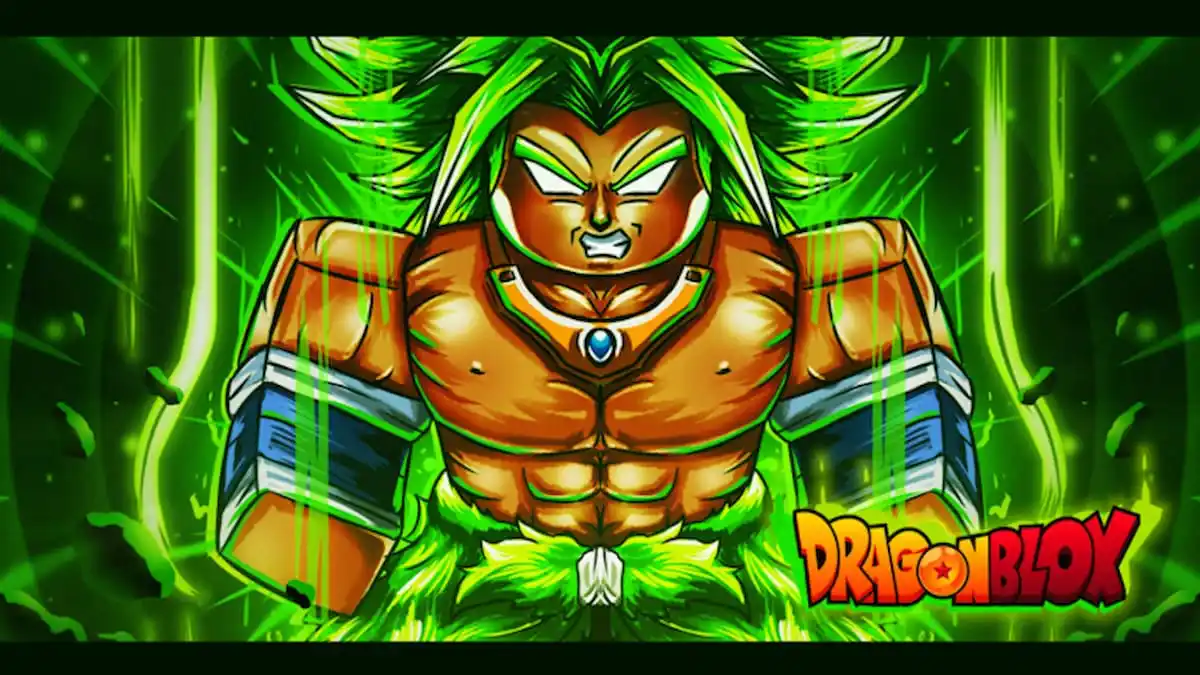


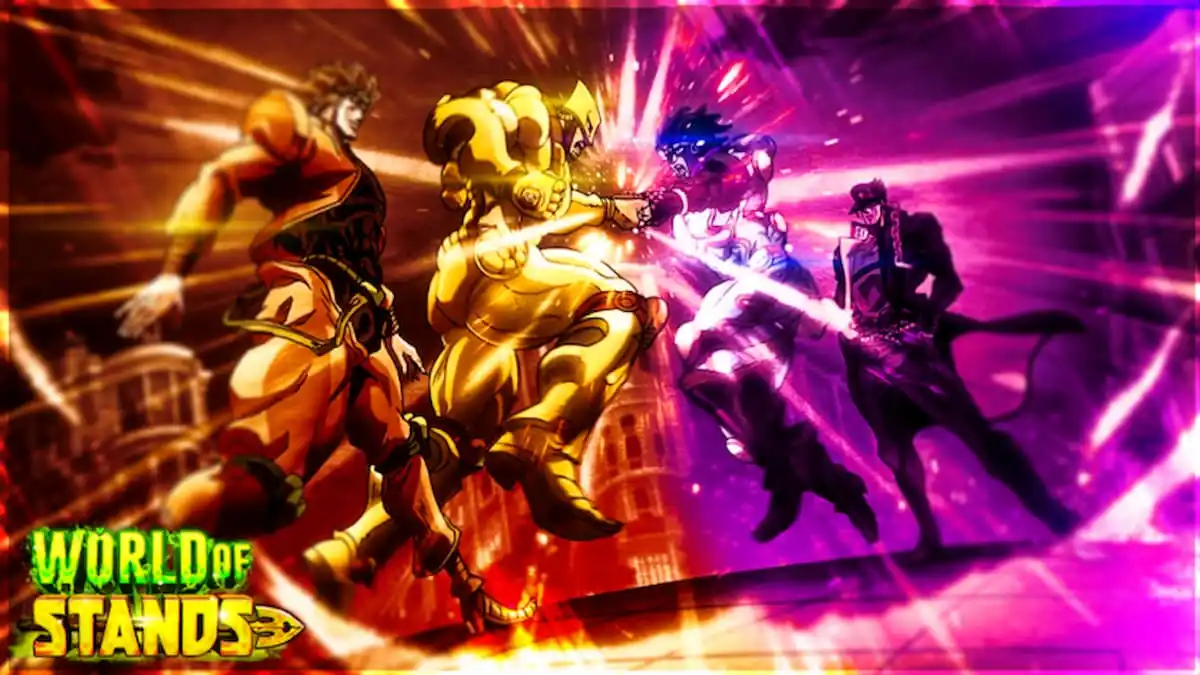

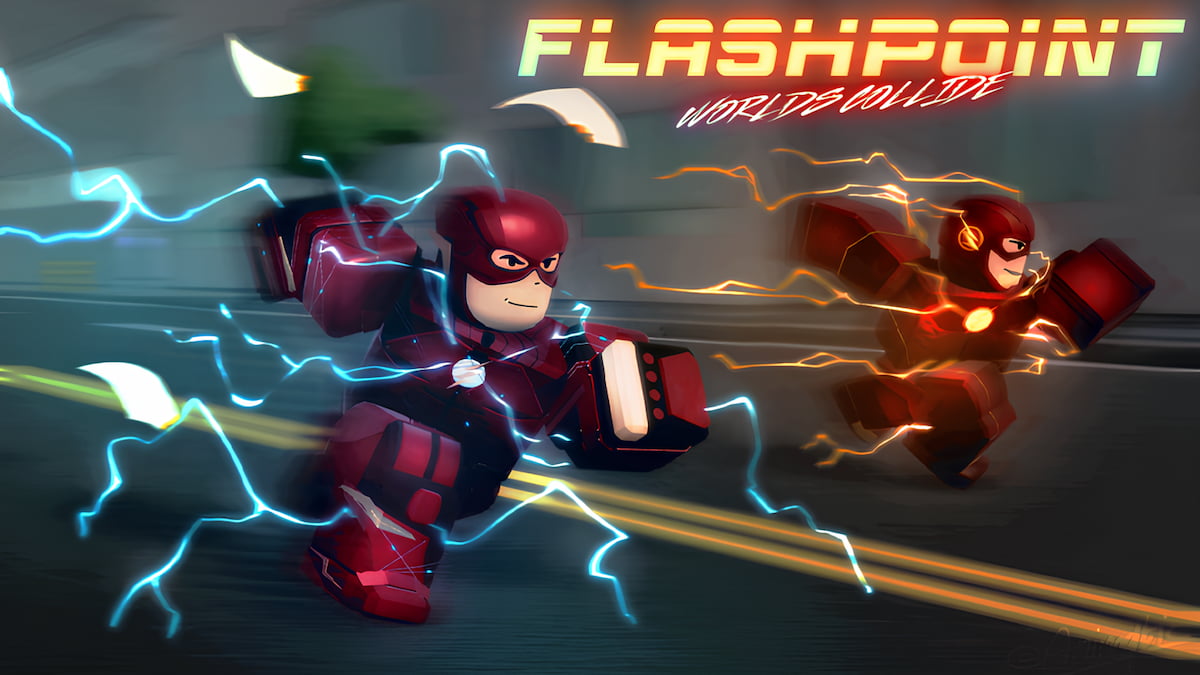
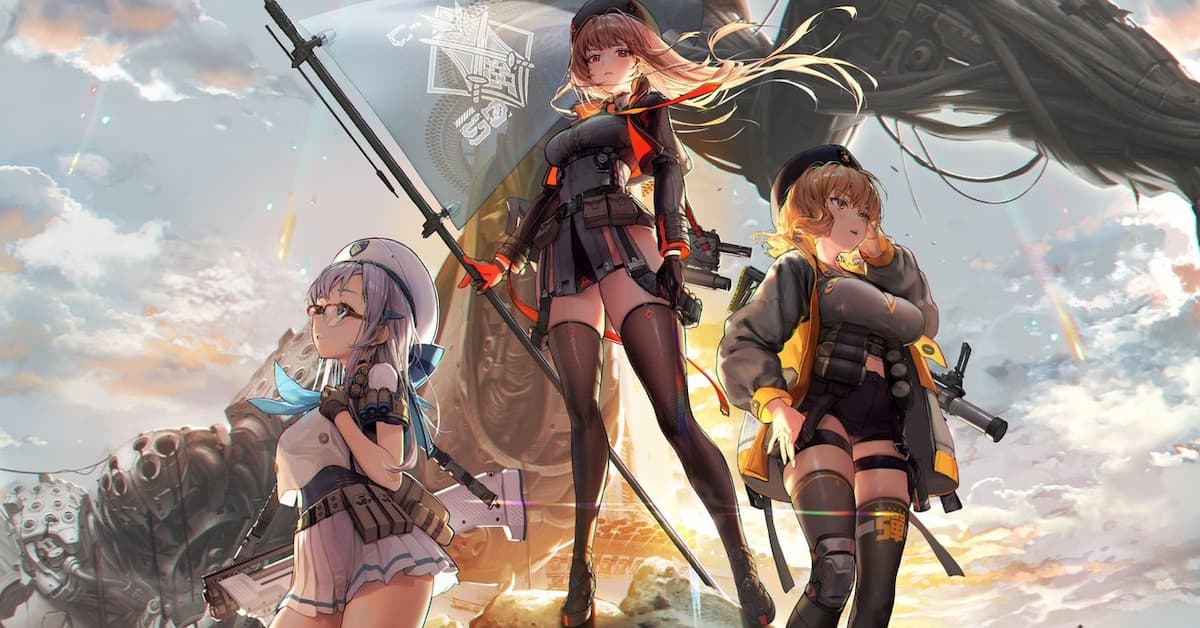
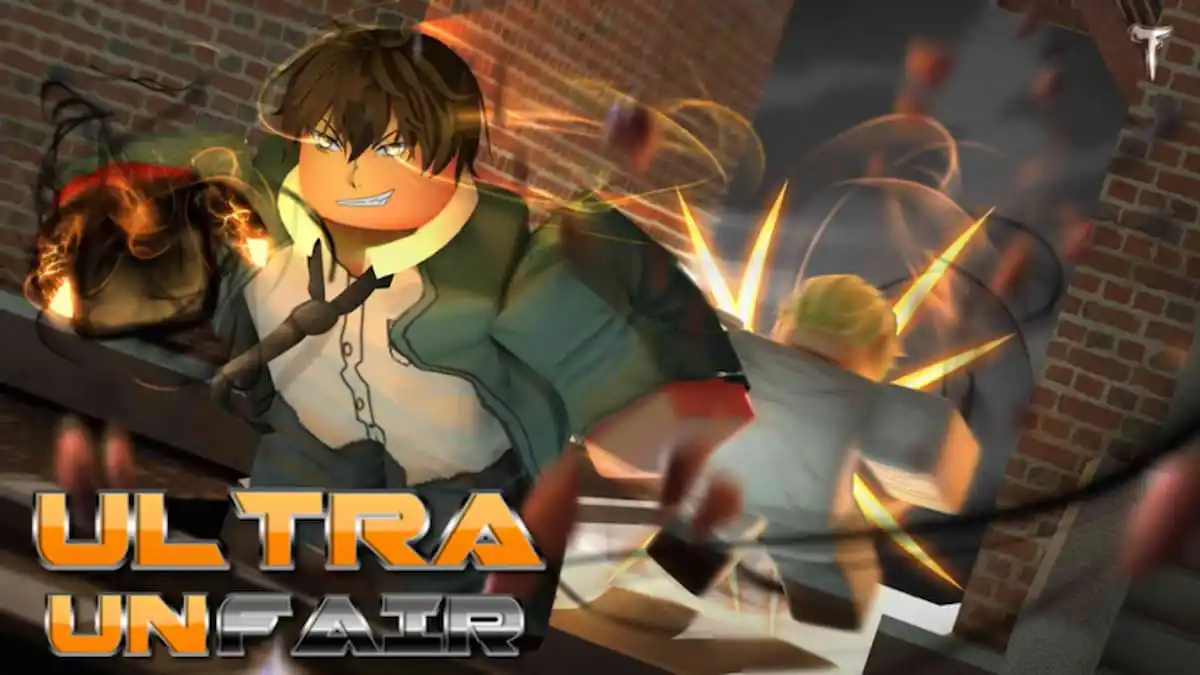
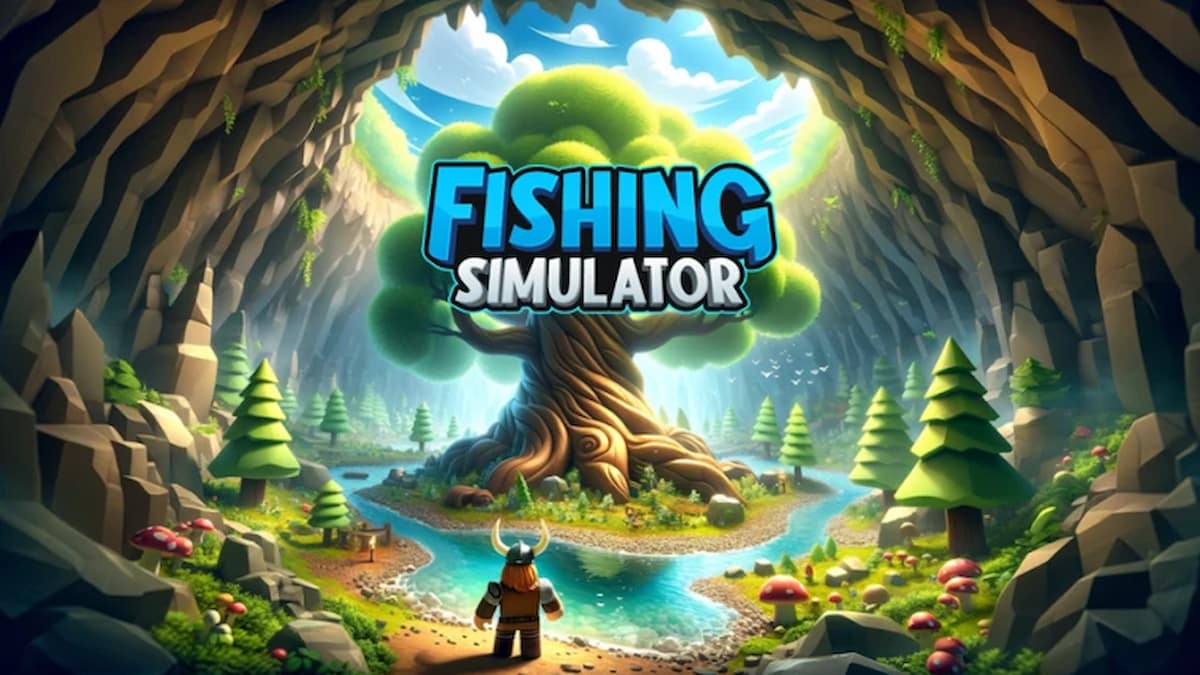
Updated: Aug 2, 2016 05:59 pm